This final stage of fabrication occurs after metal or plastic parts have been machined, forged, extruded or engraved. Many metal parts go through deburring and polishing, especially those that need to be exceptionally smooth for performance, safety or aesthetic reasons. Read More…
Otec USA Inc. is a world-class supplier of mass finishing equipment and supplies. Our primary products include centrifugal disc, drag and stream finishing machines to meet all of your deburring, polishing, grinding and honing requirements.

Giant Finishing is a well-known manufacturer of deburring equipment and machinery, media and compounds, molding vibratory bowls, multi-stage washers and more. We have over 100 standard models to choose from, or we can custom-manufacture products to meet your needs! In business for two decades, we provide the mass-finishing industry with complete equipment solutions.
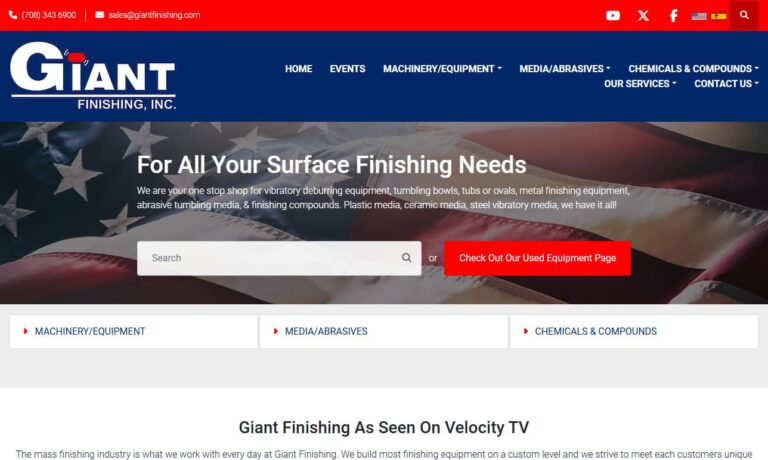
Great Lakes Finishing Equipment, Inc. is a leading supplier of the deburring equipment, machines, and supplies for all your mass finishing projects. This equipment includes continuous systems, vibratory bowls, tubs, and high energy centrifugal barrel machines. Let our deburring specialists work with you to find the best deburring machinery for your project.

At ESMA, Inc., we specialize in designing and manufacturing advanced deburring equipment that streamlines precision finishing across a wide range of industries. With decades of experience at the forefront of electropolishing and metal finishing technologies, we’ve developed solutions that eliminate manual labor, reduce cycle times, and deliver consistent, high-quality results.
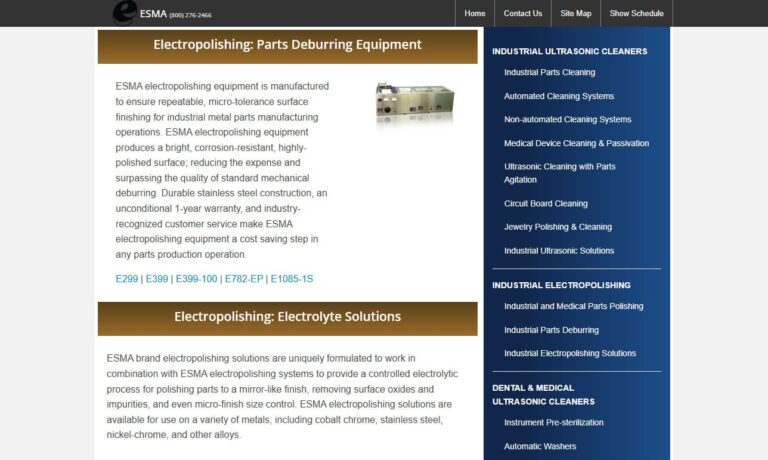
More Polishing Equipment Manufacturers
Polishing is implemented in the manufacturing of medical instruments, to prevent future corrosion or remove oxidation in automotive parts or to improve the look of a product such as a rare stone or jewel.
A minor imperfection or notch on the surface of a product could result in injury, machinery breakdown or production delay. Therefore, polishing machines and vibratory finishing equipment are a worthwhile investment for any manufacturer.
Since there is a wide variety of products which need to be buffed and polished, polishing equipment varies extensively in size, shape and mode of application. Large polishing machines use belts, wheels or brushes to polish plastic, metal and stones.
Tumblers, vibratory finishers, hand-held wheels, belt grinders, nylon abrasive brushes, cloths and detail polishing are used for smaller parts, while deburring machines and robotic polishing are used for larger, less complex parts. For single part polishing, polishing lathes are used.
Depending on the material being polished and the level of finish required, polishing wheels and belts and grinders can be made from various compounds of cotton, cloth, rubber and mineral abrasives.
The goal of polishing, unlike that of deburring machines, is not to remove excess material from the surface of a product, but rather to smooth the surface. Therefore, polishing materials have low abrasive properties and tend to soften the surface of the part.
Buffing, a particular type of polishing, also uses very low abrasion media to create extremely smooth and shiny surfaces. Buffing can be done by an automated machine, but occasionally is done by hand too.
Buffing compounds are sometimes added during the polishing process to create extremely smooth and shiny surfaces. Polishing often occurs in stages, starting with a tumbling media of larger particle size and moving toward a smaller and finer abrasive material which results in a smoother finish.
Industries which require polishing equipment include: screw and fasteners manufacturers to finish their products, forger and metal stampers and machined parts manufacturers for both function and aesthetic, household tile, marble and concrete manufacturers, car manufacturers to polish and buff car parts and food and dairy industries to achieve sanitary conditions in metal storage containers.


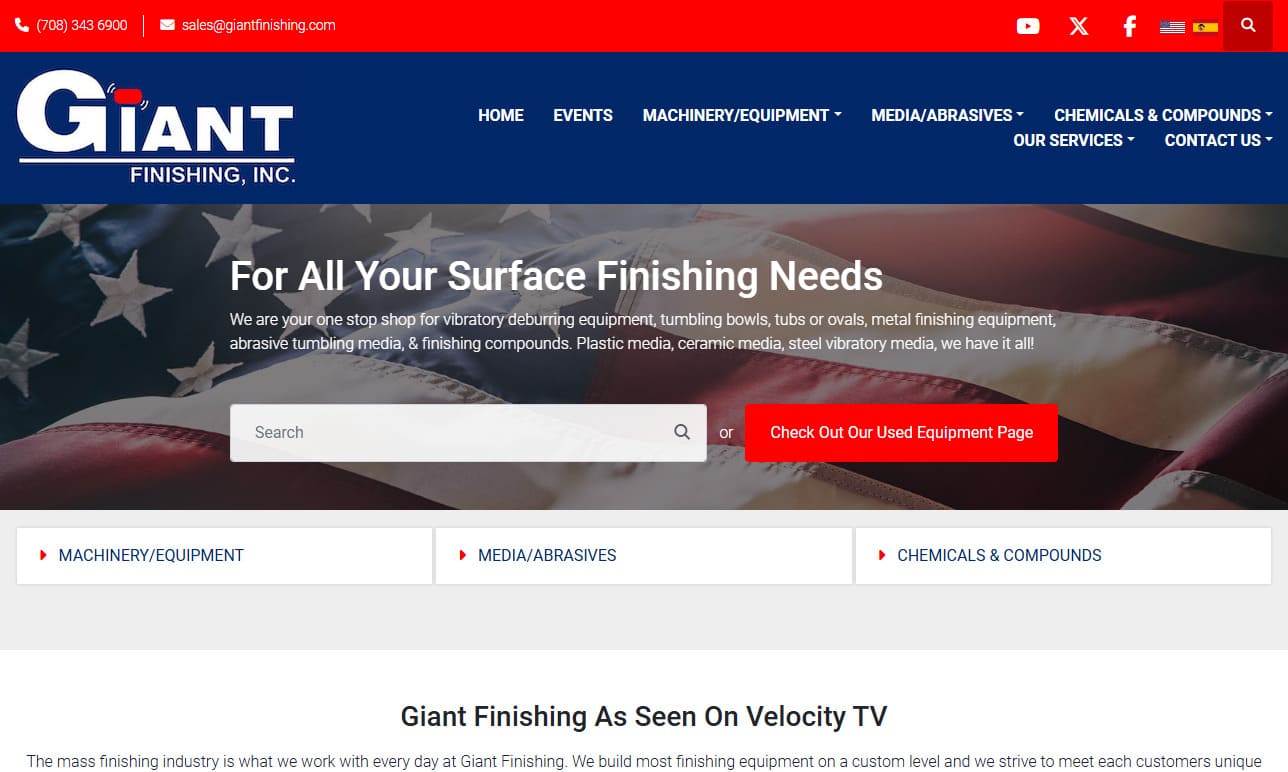

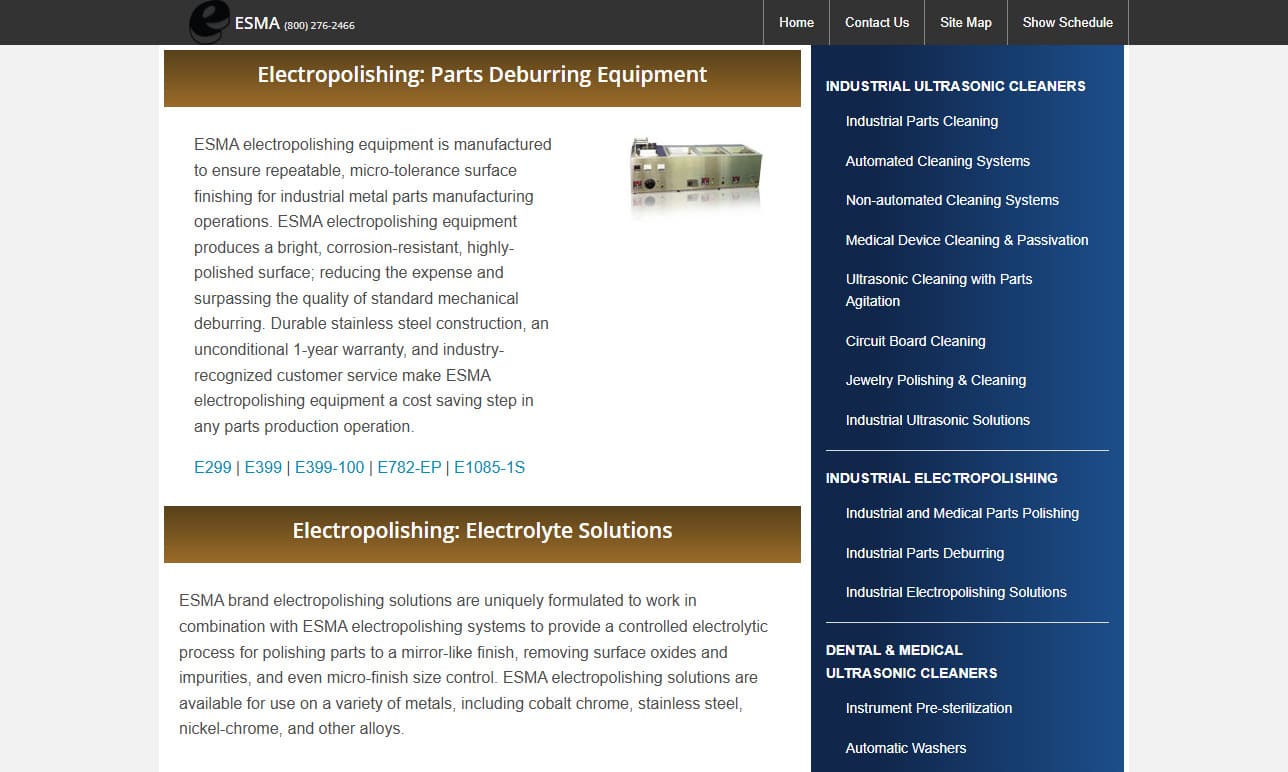
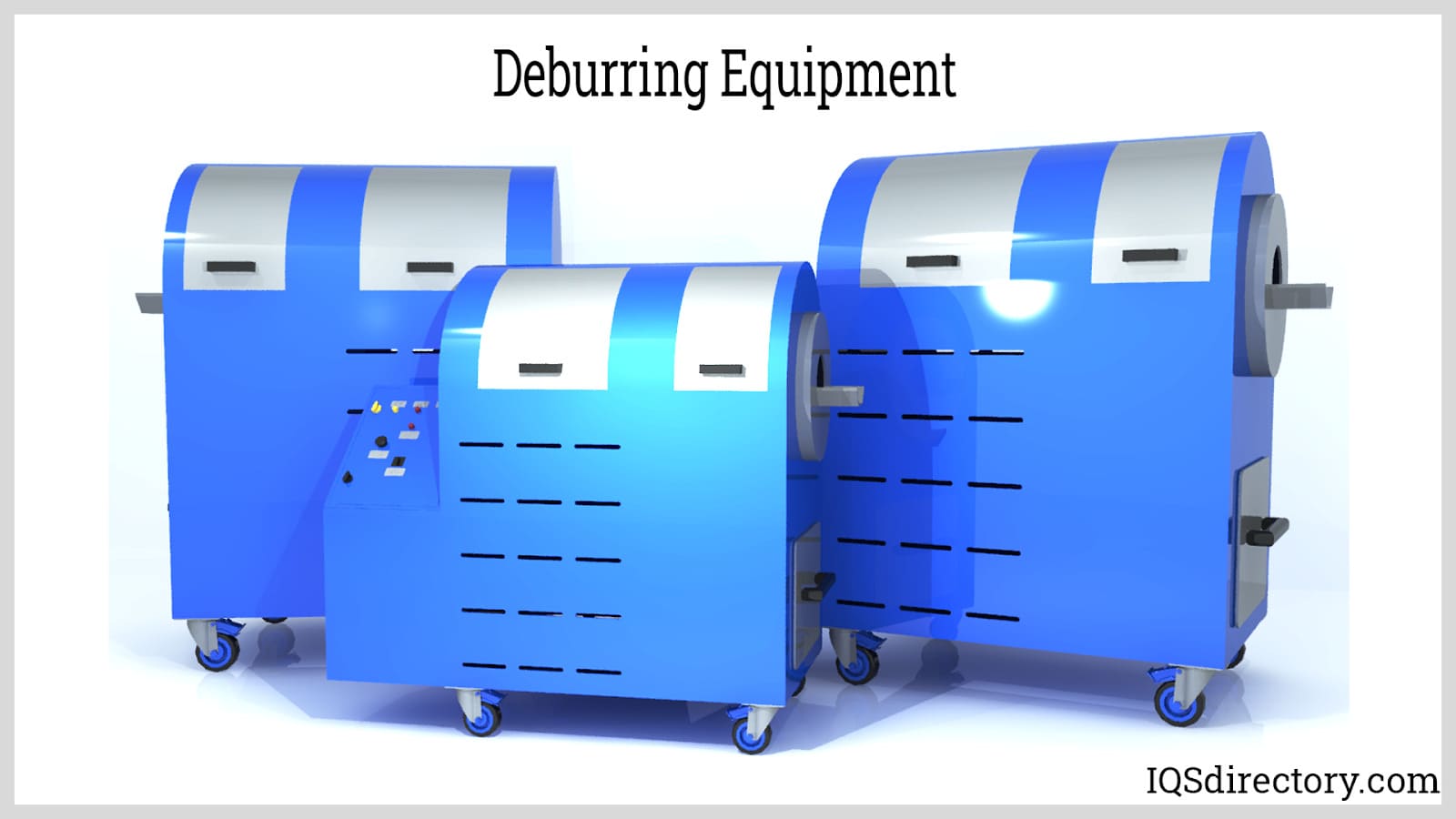
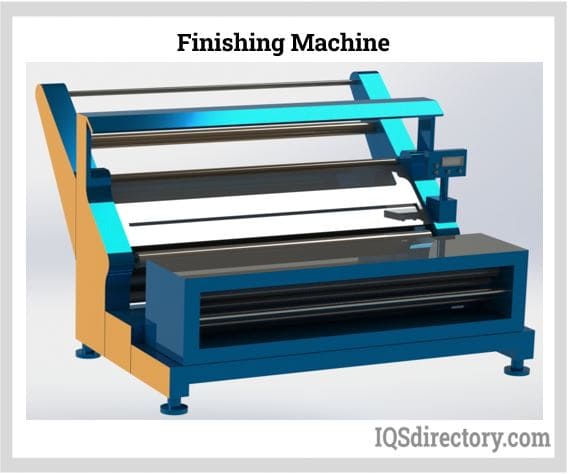
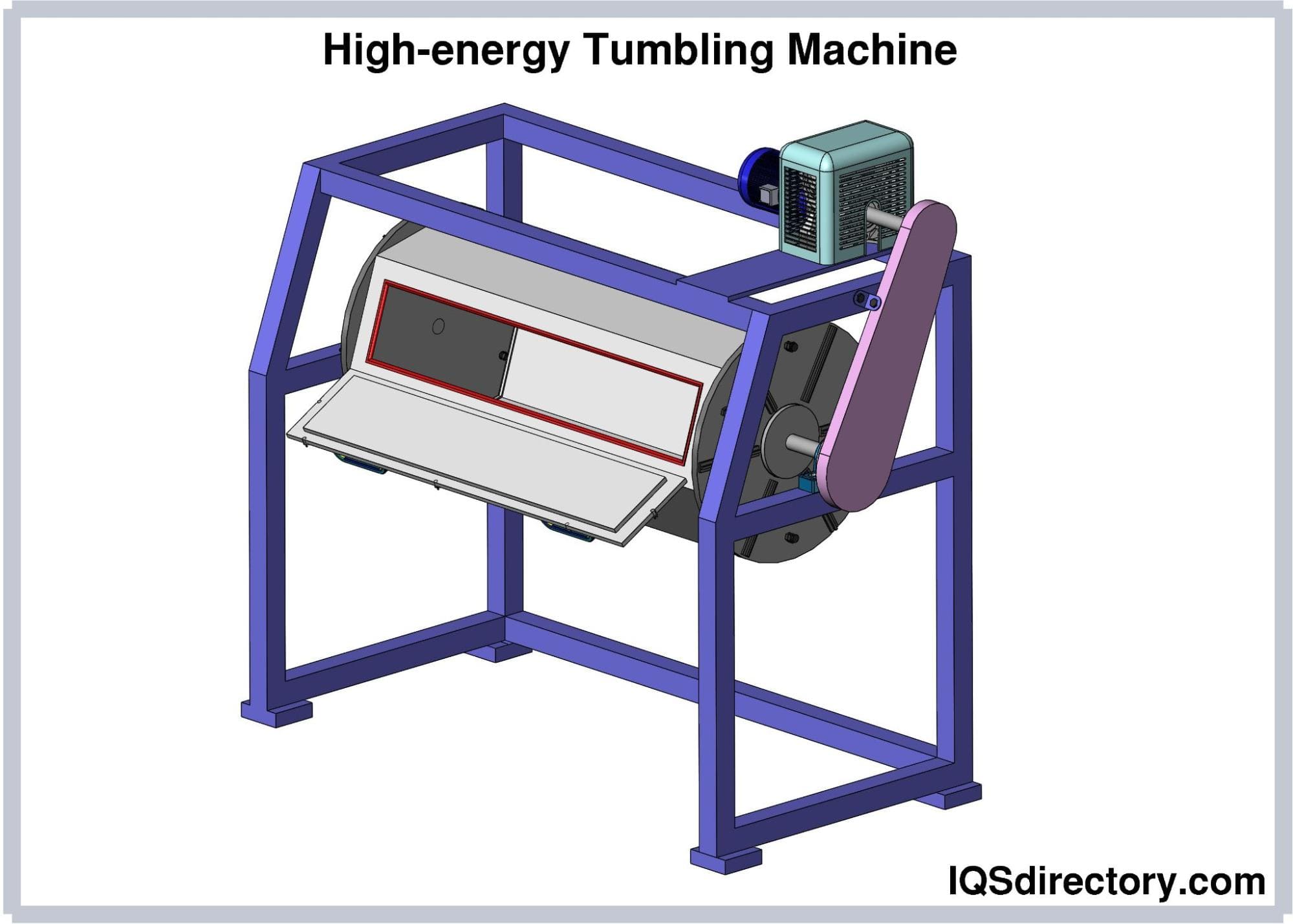
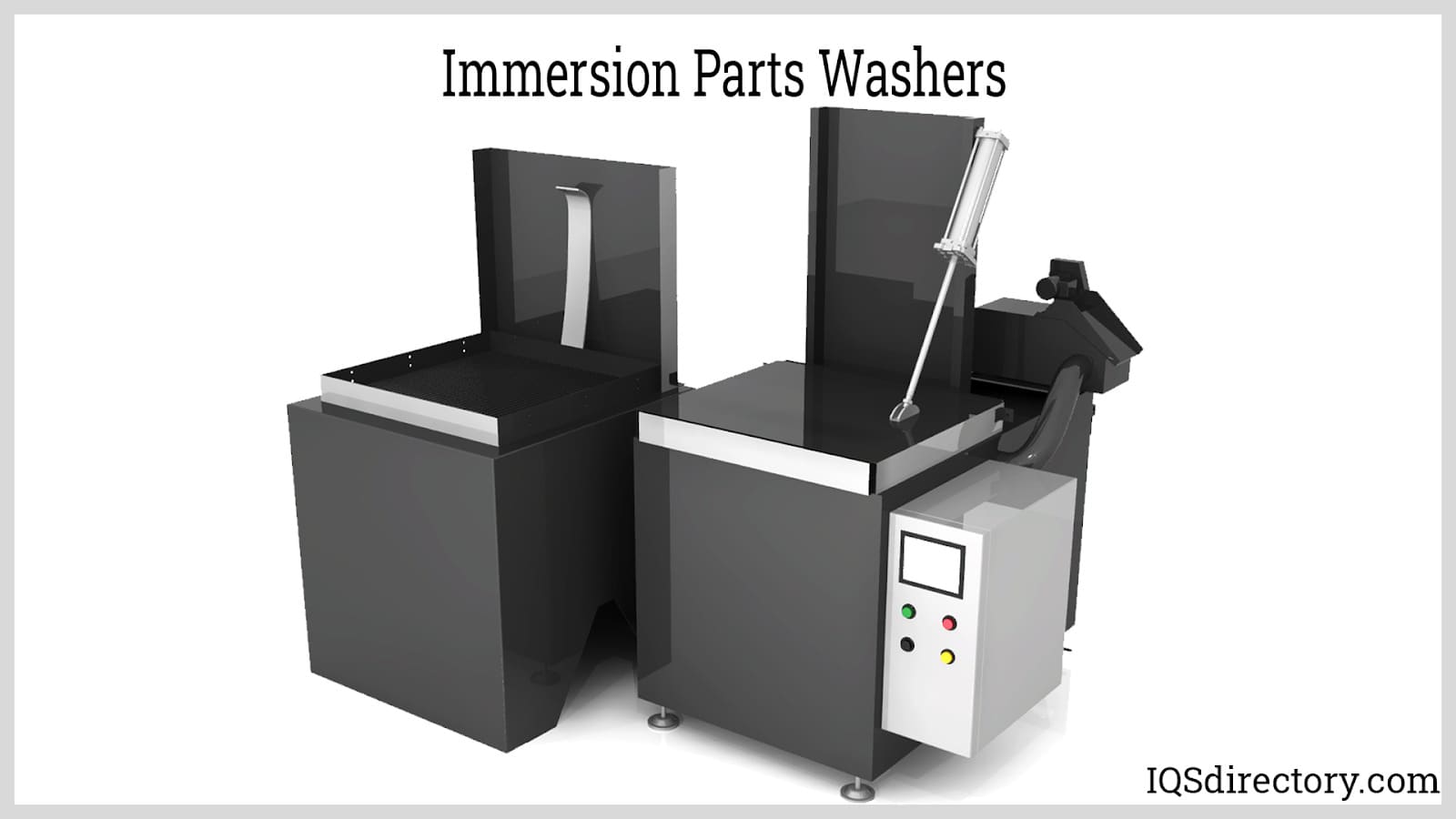
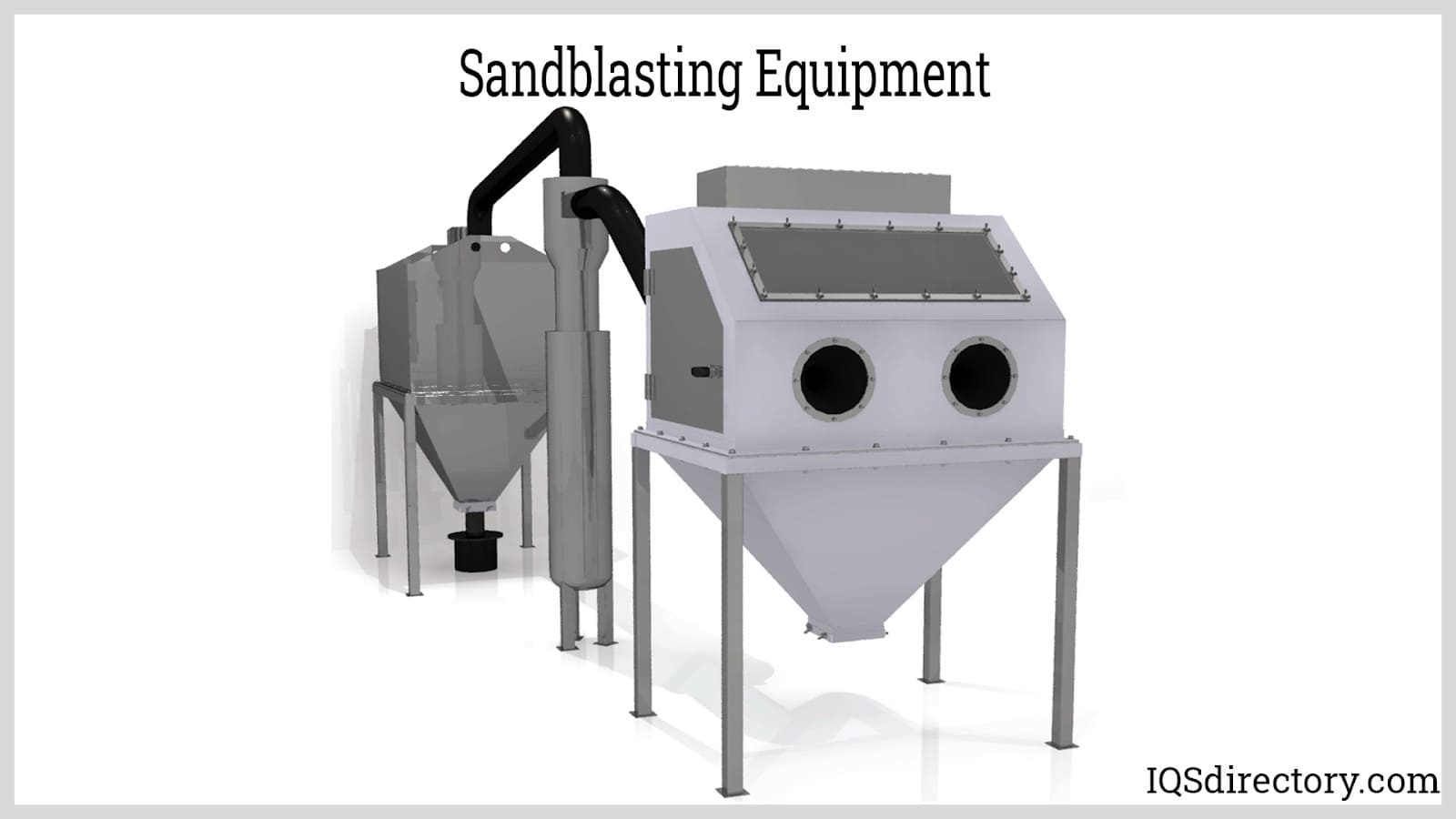
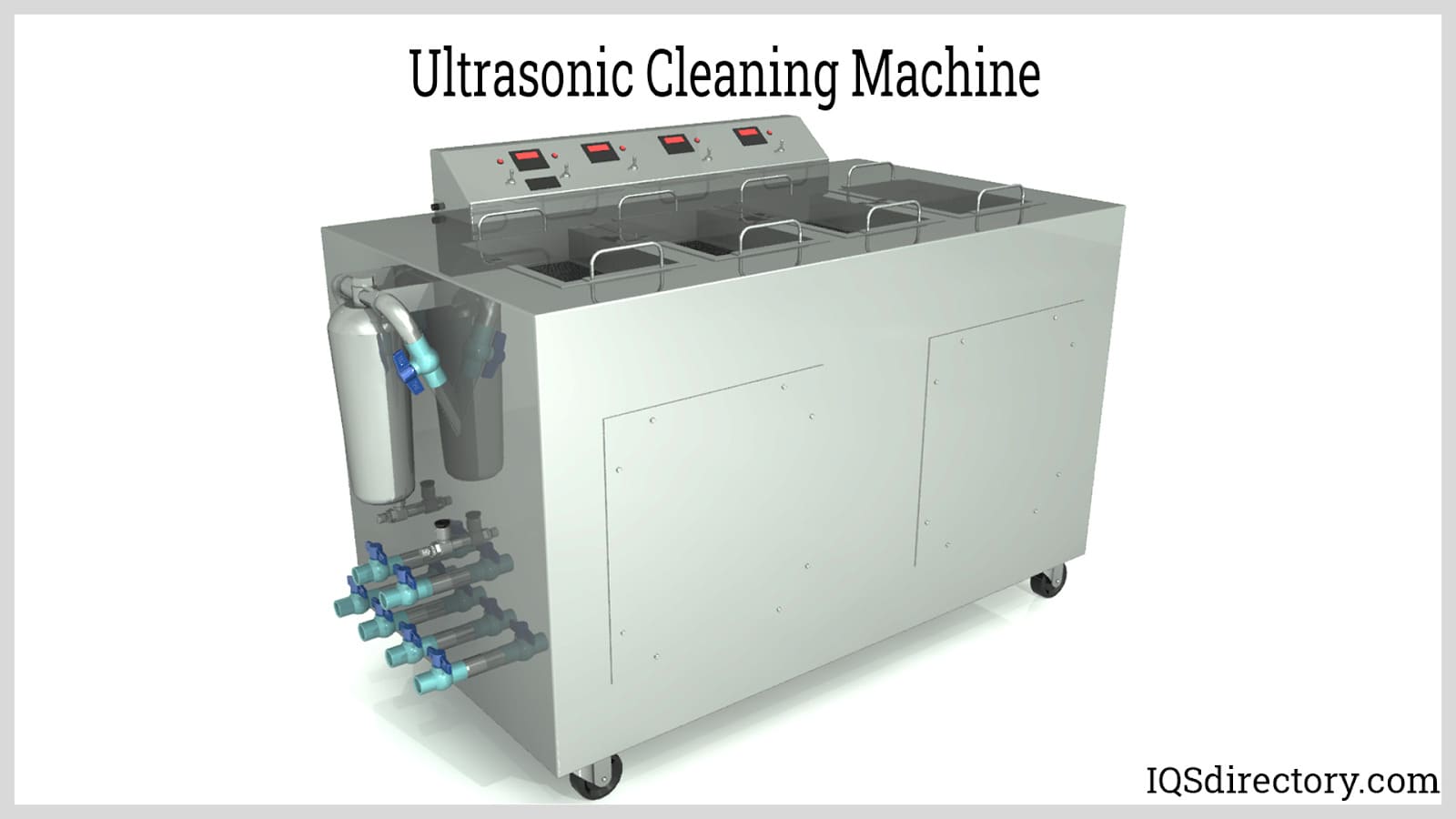
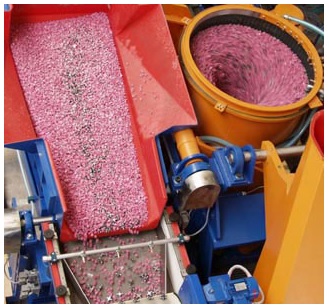 Deburring Machinery
Deburring Machinery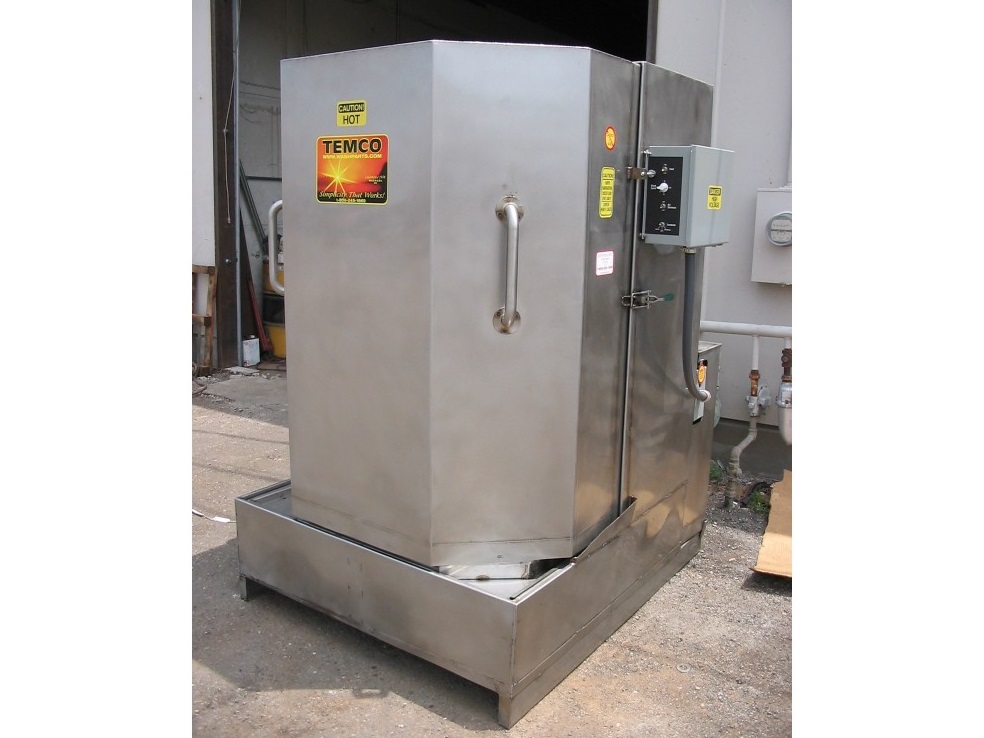 Industrial Parts Washers
Industrial Parts Washers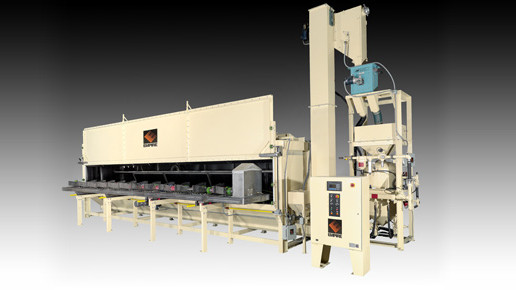 Sandblast Equipment
Sandblast Equipment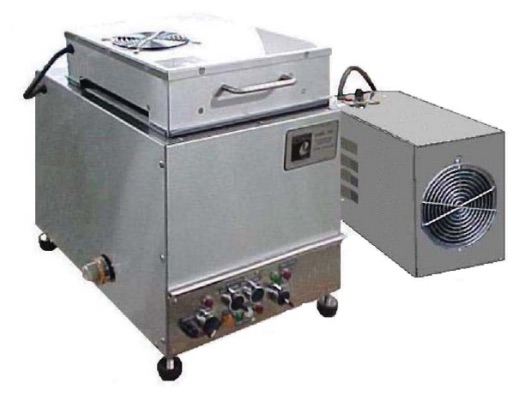 Ultrasonic Cleaners
Ultrasonic Cleaners Castings & Forgings
Castings & Forgings Bulk Material Handling
Bulk Material Handling Electrical & Electronic Components
Electrical & Electronic Components Flow Instrumentation
Flow Instrumentation Hardware
Hardware Material Handling Equipment
Material Handling Equipment Metal Cutting Services
Metal Cutting Services Metal Forming Services
Metal Forming Services Metal Suppliers
Metal Suppliers Motion Control Products
Motion Control Products Plant & Facility Equipment
Plant & Facility Equipment Plant & Facility Supplies
Plant & Facility Supplies Plastic Molding Processes
Plastic Molding Processes Pumps & Valves
Pumps & Valves Recycling Equipment
Recycling Equipment Rubber Products & Services
Rubber Products & Services